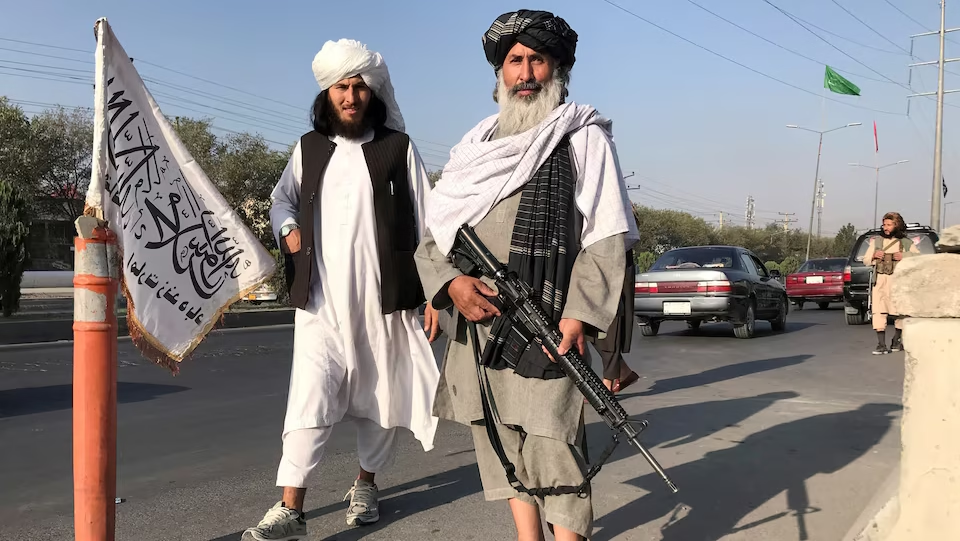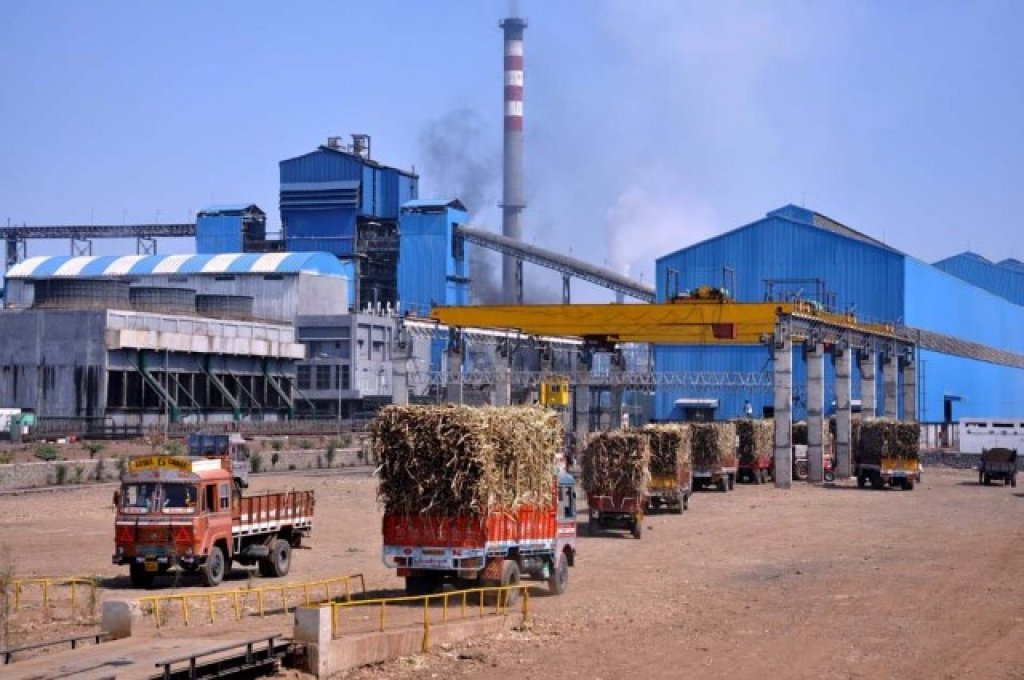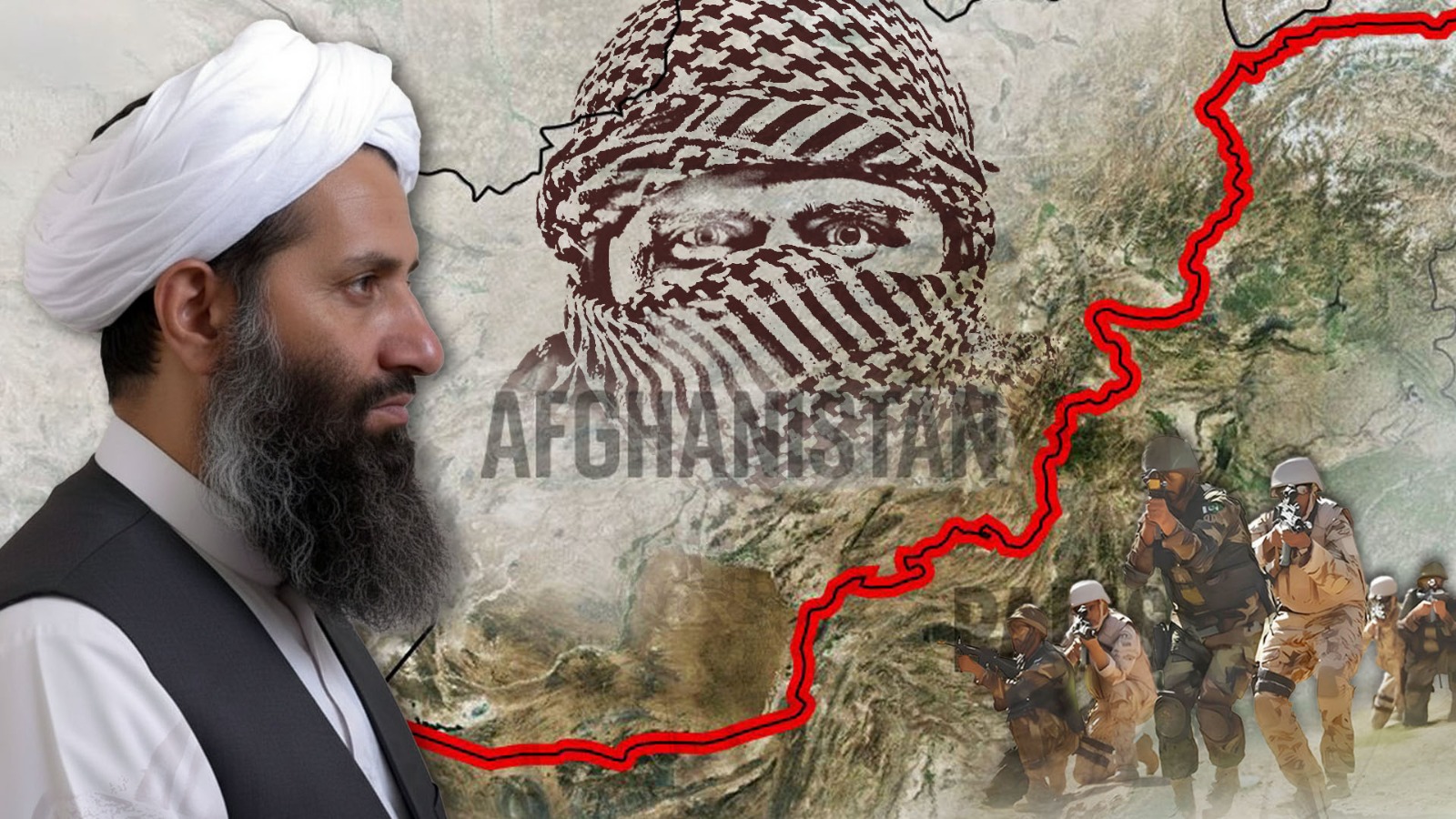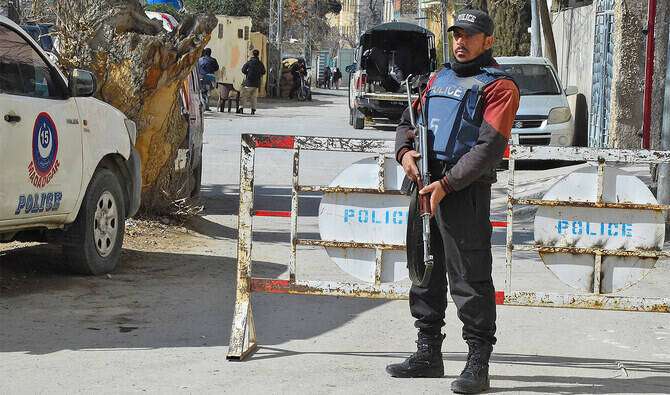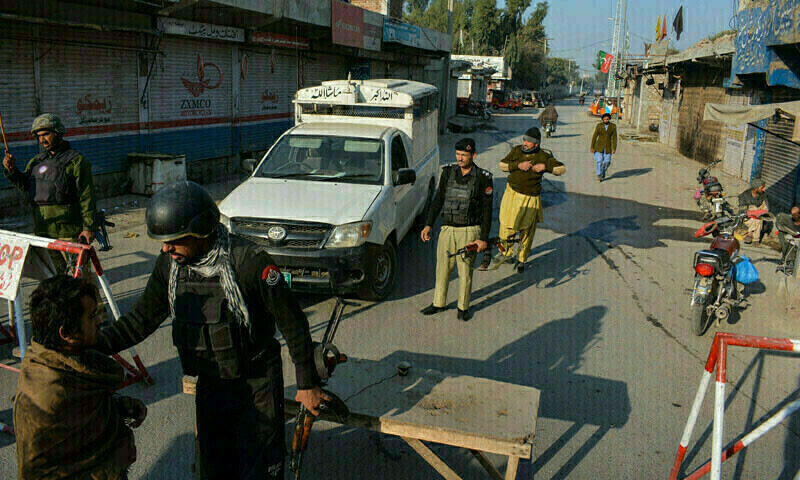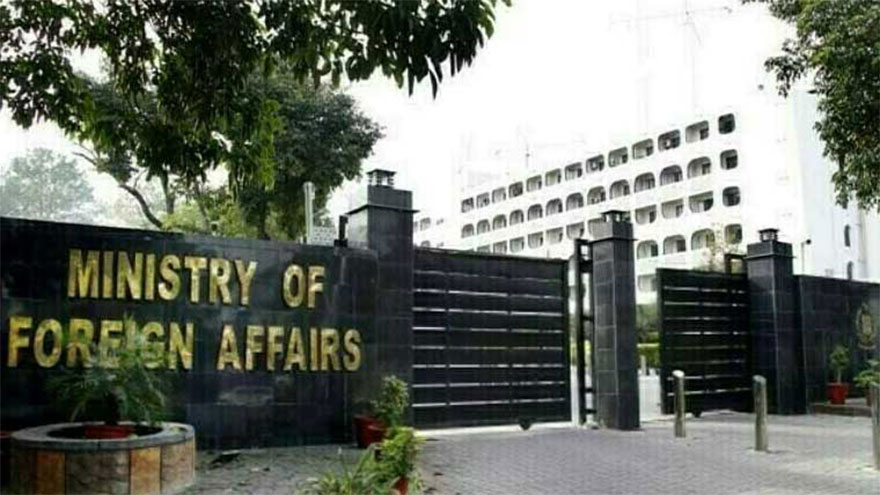By Dr. Ahmad Khan
The U.S. withdrawal of its troops in Afghanistan in August 2021 was a major historic event in the history of the region. However, regrettably, it also gave rise to a chain of instability not only in Afghanistan but also in neighboring Pakistan. The continued supply of U.S.-manufactured military equipment is one of the most troubling consequences of this withdrawal, which is currently contributing to terrorism and instability in Pakistan. U.S. weapons such as M16 and M4 rifles, night-vision, and other highly technological military equipment left behind by American troops have ended up in the wrong hands of terrorist groups, further destabilizing an already volatile security situation in the region.
The rapid power seizure by the Taliban of Afghanistan following the American withdrawal enabled local commanders and warlords to continue running an expansive arms supply of the arms supplied by the U.S. Such a state of affairs has given rise to the prosperity of a black market in terms of military equipment most of which gets into the hands of terrorists groups such as Tehreek-e-Taliban Pakistan (TTP). These terrorist groups that were previously limited due to the lack of access to advanced weaponry now feel empowered by the influx of sophisticated weapons and equipment that have increased the intensity of violence in Pakistan.
The size of the issue is sickening. It was found that about 7 billion in military machinery was abandoned in the hands of the U.S. when it withdrew. Although former President Donald Trump says that they will reclaim the weapons, no effective solution has been put in place to retrieve them. Rather, they have stayed in Afghanistan and have been used by the Taliban and other terrorists to cause anarchy not only in Afghanistan but Pakistan. The weapons that are currently on the black market have facilitated the ability of the insurgents to launch attacks with such precision that it is even more challenging for the Pakistani security forces to deal with them.
Reports by the United Nations have also gone ahead and reaffirmed the alarming fact that militant groups, including the TTP, have been gaining access to U.S.-made arms that have been abandoned in Afghanistan. According to these reports, the weapons, especially the M16 rifle and night-vision equipment, have greatly boosted the operational capability of these radical groups such that they can now attack the Pakistani security forces and civilians with much more lethality. The more the scope of these weapons, the more the scope and level of violence is increasing, and now the stability of Pakistan is at stake.
The rise of American military equipment in the region has contributed to making the state of security in Pakistan even worse. The black trade in these weapons has been on the increase, and not only the terrorists, but even the common civilians, when they need firearms, owing to the insecure environment. The fact that such deadly equipment is easily obtained provokes serious questions about what extent the region is stable in the long run. This scenario will continue getting untenable unless there is a check on it, which will add to the wobbling security framework in Pakistan.
Reports of the dangers of the U.S.-left behind weapons are not new, and their concerns have not been unfounded. Although the Taliban refuses to admit it, the fact is unquestionable: weapons intended to fall into the hands of Afghanistan troops have already ended up in the possession of violent extremists who cause terror and devastation in the region. The increasing availability of these weapons has emerged to be one of the biggest threats to the Pakistani authorities as well as the local population, who are continually exposed to militant attacks.
In May 2025, Pakistani officials captured U.S.-supplied arms of militant groups working in the country, which were subsequently verified to have been supplied to the Afghan forces by the U.S. This finding was a cause of concern because of the proliferation of these weapons and their possible application in attacks against Pakistani civilians and security agents. Besides the rifles, there were also high-end night-vision devices that were being sold on the black market at a very low price, which again testified to the high supply of this advanced military equipment. Pakistani arms trader Raz Muhammad disclosed that the night-vision equipment, which had cost 2000 dollars, was being retailed at under 300 dollars as the Taliban took over power, leading to the blistering expansion of the black market.
The train attack that took place on March 11 by Baloch militants was one of the most alarming events of recent months. The officials of Pakistan tracked three U.S. rifles that had been used in the attack, two of which they confirmed were provided by the Afghan forces. The fact that several people died and many were injured in this attack is a startling reminder of the way U.S. weapons are being applied in cross-border insurgencies that have a direct impact on the security of Pakistan. Not only has the Taliban takeover contributed to instability within the country, but it has also provided a good platform where arms keep expanding, posing a constant threat to the peace in the region.
The circumstances are deplorable, and the international community is in dire need of taking immediate and radical steps to curb the movement of weapons into the insurgents and criminals. Although the United States is partially to blame in regards to the weapons abandoned, the international community needs to collaborate to prevent the additional proliferation of such weapons. The collaboration of the regions is instrumental in the fight against the presence of militant groups that use the black market to obtain military equipment to pursue their acts of violence against humanity.
Pakistan, in its turn, has to further strengthen its actions to curb such threats and encourage the international community to intervene in the process of arms proliferation in the region. The war on terrorism and instability is a shared responsibility that the world will be keen to recognize the serious implications of the U.S. military pullout and the leftover weapons.
To sum up, the U.S. withdrawal from Afghanistan also contributed unintentionally to terrorism and instability in Pakistan. The abandoned weapons have fueled the insurgents, enabled the black market, and made the state of security an even more volatile one. In the face of an increased wave that Pakistan is fighting, the international community needs to realize the seriousness of the situation and take decisive action to avoid its further development.
About The Author
Dr. Ahmad Khan is an independent researcher based in Islamabad, Pakistan, interested in regional security, terrorism, and counter-extremism. His research is based on militancy, radicalization, and counter-terrorism policies in South Asia and the Middle East. He works with think tanks and international organizations, and regularly publishes research and contributes to policy dialogues.

